15 Baby-Led Weaning Starter Foods Recipes For 6 Month Olds
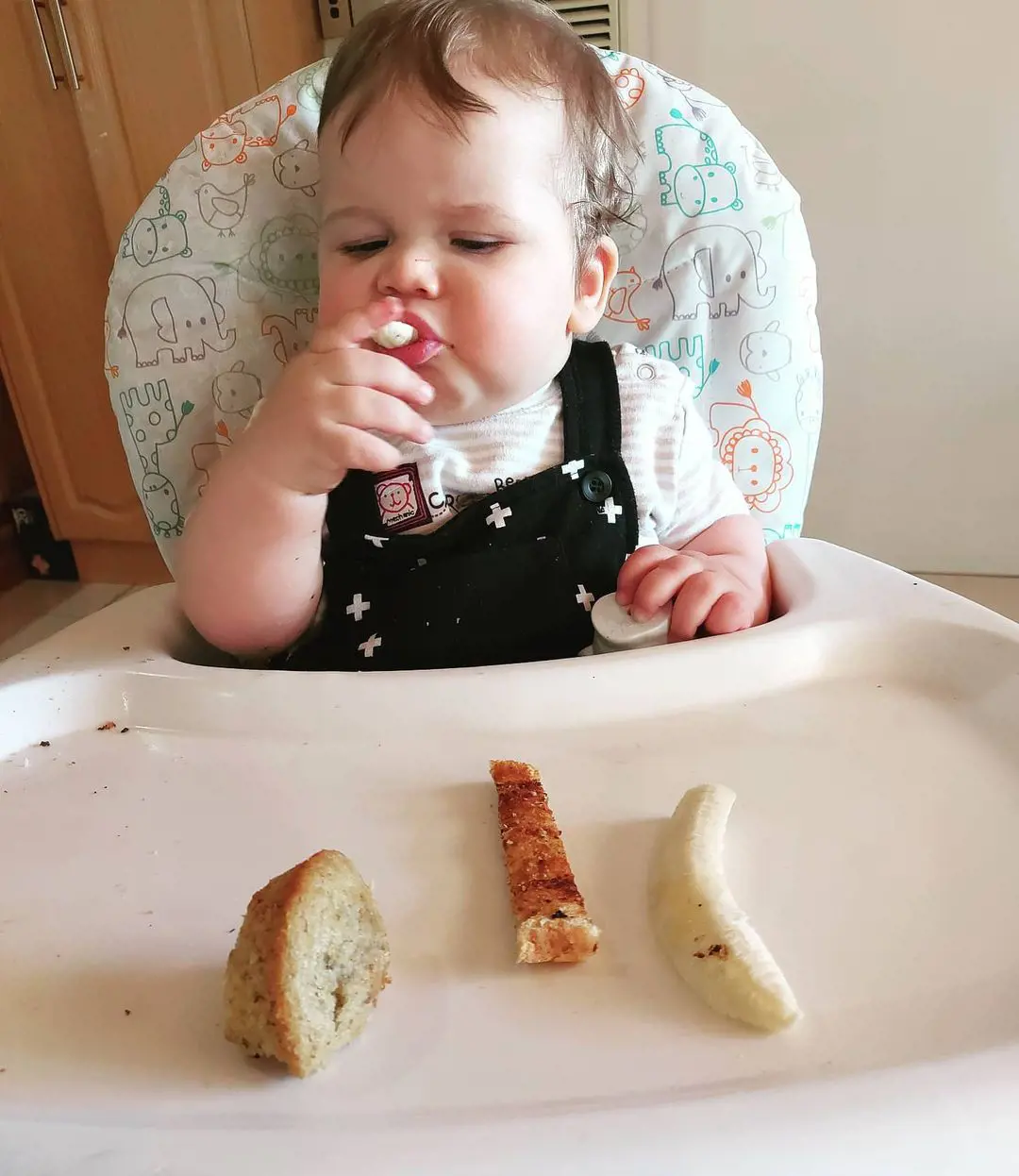
Baby-led weaning starter foods include snacks like 1) Eggs, 2) Chicken, 3) Broccoli, and more. Starter diets should be easy for kids to digest.
Nowadays, baby-led weaning has emerged as an interesting method of parenting. Parents relinquish authority to let their kids take charge.
What does baby led weaning mean? Simply put, it is a method of introducing solid foods to an infant. It is different from spoon-feeding as the baby is in charge to choose the food and feed itself.
The term was first coined by Gill Rapley and Tracey Murkett in their 2008 book, Baby-led Weaning: Helping Your Baby To Love Good Food.
This parenting style is not much different than baby-led feeding. The two terms are considered the same in the UK. However, in the US and Canada, they have slightly different meanings.
In North America, weaning is mostly understood as taking the baby off breastfeeding. So, in the US and Canada, terms like baby-led feeding or modified baby-led weaning.
According to the guidelines provided by Health Canada, parents should give a combination of diets consisting of finger foods and foods with a soft texture.
Most parents start feeding their babies solid foods when they reach six months. However, this isn't a universal law and the time can differ from child to child.
You May Also Like: Why Do Babies Cry When You Moo At Them?
To find out if your child is ready to eat solid foods or not, check its tongue thrust reflex. If the child has lost it, they can be fed with solids. However, if the reflex is still present, the infant will probably throw most of the food that enters its mouth.
Baby led weaning 6 months menu should include the following foods:
1) Eggs
Eggs are one of the best starter foods for babies to eat during the early stages of self-feeding. Eggs are tasty and also come with many health benefits.
Eggs are packed with several nutrients beneficial for babies' physical and mental development. They contain high-quality protein, good cholesterol, vitamin D, vitamin B2, omega-3, antioxidants, and more.
A single egg contains protein equal to around 6.3 grams. Similarly, the yolk contains choline which is a vital nutrient required for brain development.
Cooking Method & Recipe
- Boiling an egg is a simple way to prepare it. While eggs can be cooked in many ways, boiling is considered one of the safest methods as it gives a soft texture to the eggs and doesn't require high-calorie ingredients like butter or oil.
- Cut a peeled hard-boiled egg into four pieces from the long side.
- Serve the egg on a tray and let the baby enjoy the delicious snack.
- Alternatively, you can also serve scrambled and poached eggs. But, make sure that the whites and yolks are fully cooked.
Risks:
- Runny or semi-cooked yolks contain salmonella. So, cook it until the yolk is firm in texture.
- The risk of choking, although low, still exists.
2) Chicken
Chicken is one of the most popular foods with several health benefits.
It is a great source of protein beneficial for the baby's physical and mental development. Likewise, it contains tryptophan, a type of amino acid that contains the feel-good hormone serotonin.
Similarly, eating chicken is also often associated with controlling weight and lowering the chances of heart disease.
Other vital nutrients contained in a chicken include zinc, copper, iron, choline, vitamin B12, and more.
Cooking Method:
- Use breast or thigh meat to prepare your dish. While thigh meat contains a higher level of fat, it is perfectly safe unless you are feeding it to your baby in every meal.
- The best way of introducing an infant to chicken is to cook it in a slow cooker; the meat gets tender and is easy to chew. Other techniques of cooking include grilling, poaching, or air frying.
- Cut the meat into long thin pieces approximately the size of a finger before serving.
Risks:
- Undercooked chicken contains salmonella which can cause diarrhea, dizziness, vomiting, and fever.
- Big pieces of meat are a choking hazard for babies. Cut it into small pieces before serving.
3) Sweet Potato
One of BLW first foods, sweet potato is a type of root vegetable rich in starch. Its sweet taste and soft texture make it an ideal starter food for infants.
Further, it is easy to make food and takes a shorter time to prepare than other baby diets. Sweet potatoes contain essential nutrients like vitamin C, vitamin E, potassium, folate, and calcium.
Moreover, they are digested easily digested by the body, prompting a healthier bowel movement. Another great benefit provided by the sweet potato is lowering the level of LDL cholesterol, also known as the bad cholesterol.
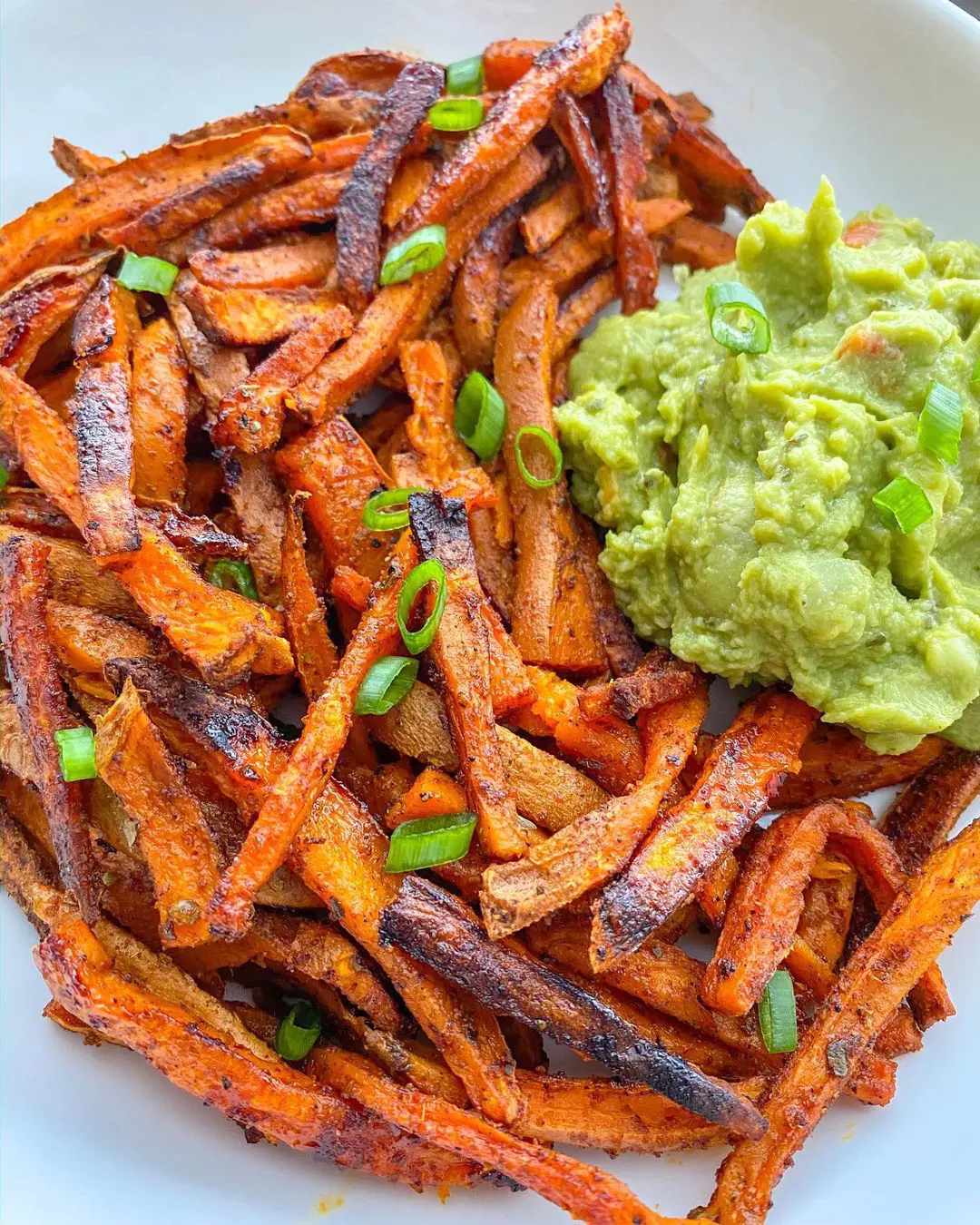
Cooking Method:
- Cut a sweet potato into wedges with about 0.5-inch thickness.
- You don't need to remove the flesh, preferably orange, as it contains beneficial fibers and nutrients. But, you can also remove the outer skin if the baby doesn't like it.
- Mix the slices with olive oil.
- Place the slices in a pan with a foil line.
- Leave it to roast on low to medium until the slices become soft enough to eat.
Risks:
- Sweet potato flesh can contain dirt residue, causing the risks of diarrhea or vomiting.
- The skin is also considered a possible choking hazard. So, it's best to remove the skin when a kid is first introduced to solid food.
4) Apple
Apple is a fruit grown in most parts of the world. In the US, apple grows from August to later October.
Thanks to its sweet taste, the fruit is enjoyed by almost everyone. It is also a great option for parents to feed their kids during the baby-led weaning stage.
Apple contains useful nutrients, fibers, and antioxidants. Regularly munching on an apple has the potential to reduce the chances of heart disease, cancer, and diabetes.
While the fruit is commonly eaten mostly, it's best to cook it shortly to make it softer and easier for children to eat.
Cooking Method:
- One of the easiest ways to cook is to boil the apple for a few minutes. Alternatively, you can also air-fry it.
- Cook until it is soft enough and safe for the kid to consume.
- Mash the apple or grate it to get a soft texture.
- If you wish to serve it as a finger fruit, cut it into thin wedges. Just make sure that the slices are not too soft, they should be firm enough for the baby to hold with its fists.
Risks:
- Can trigger oral allergy syndrome, a reaction that causes irritation in the lips, mouth, throat, and gums.
- Consuming raw apples can lead to choking in infants.
5) Avocado
Avocado has been the go-to food for health-conscious individuals. The fruit is native to South America and likely originated from Mexico or Guatemala.
The popularity of avocados has grown significantly in recent years due to its multiple health benefits. A medium-sized avocado contains around 3 grams of protein, 11 mg of sodium, 10 grams of fiber, 13 grams of carbohydrates, and 22 grams of fats. Also, it has no cholesterol which can the arteries and cause heart attack.
Consuming an avocado diet is known to reduce the risks of heart disease, lower the risk of cancer, boost the digestion process, improve vision, regulate blood pressure, and more.
Avocados don't require cooking as they are already soft and creamy. Here's how you should serve it to your baby.
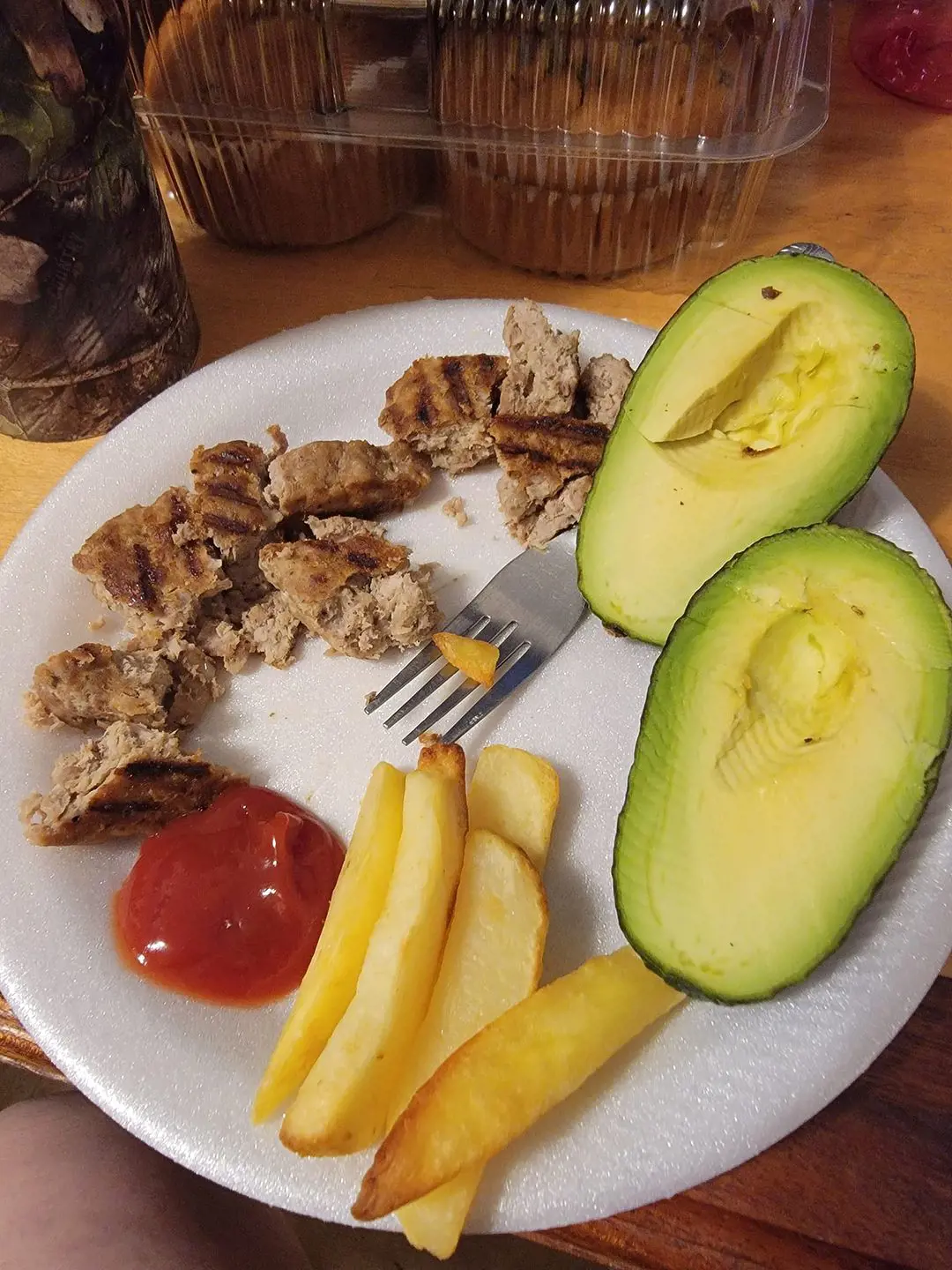
Preparation Method:
- Cut an avocado into thin slices.
- Remove the skin with a knife. Or, you can leave the skin on the fruit for the baby to hold.
- Alternatively, you can also prepare a delicious dish by blending or mashing the avocado.
Risks:
- Excess consumption can lead to symptoms like hypersensitivity, vomiting, nausea, blood thinning, liver damage, allergy, and more.
- Not suitable for people with latex intolerance.
- Lowers HDL cholesterol, also known as good cholesterol.
- Have been linked to weight gain in some cases.
6) Banana
Banana is a tropical fruit with an elongated shape. Technically a berry, a banana is grown in places with warm climates and regular rain like Asia, Africa, and South America.
The fruit is rich in nutrients like potassium, protein, fiber, sugar, and carbohydrates. It has been used for keeping the cholesterol level and blood pressure in balance.
Moreover, it also contains manganese, a coenzyme necessary for healthy skin. Green bananas have resistant starch which is helpful in creating good bacteria in the large intestine.
Preparation Method:
- Start by cutting a banana into two pieces. Then, cut the stem part.
- Peel off the top part. Don't remove the peel completely as it can get too slipper for the baby to hold.
- Pinch the banana with your fingers if it is too hard for the child. Some kids enjoy crushing the banana themselves.
- Monitor your kid as they munch on the food. The child can choke on the peel if they try to eat it.
Risks:
- The potassium contained in bananas is radioactive, which can be harmful in higher doses.
- Not suitable for kids with Food Protein-Induced Enterocolitis Syndrome (FPIES). It can lead to diarrhea, sudden dip in blood pressure, dehydration, and vomiting.
- Cooking bananas, or plantain, should not be fed raw to babies.
- Consuming bananas has been associated with tooth decay due to its high starch content.
7) Yogurt
Yogurt is a dairy-based food prepared by fermenting milk with bacteria. It is composed of water, protein fat, carbohydrates, and sugar.
Also called curd, yogurt contains plenty of probiotics that help with digestion and relieves constipation. Further, they also contribute to the growth of good bacteria inside the body.
Moreover, yogurt consumption has also been linked with reducing the risks of osteoporosis and heart disease.
There are nearly a dozen types of yogurt available in the market, including Greek yogurt, goat's milk yogurt, Icelandic yogurt, sheep's milk yogurt, unstrained, Frech-style yogurt, Australian yogurt, and more.
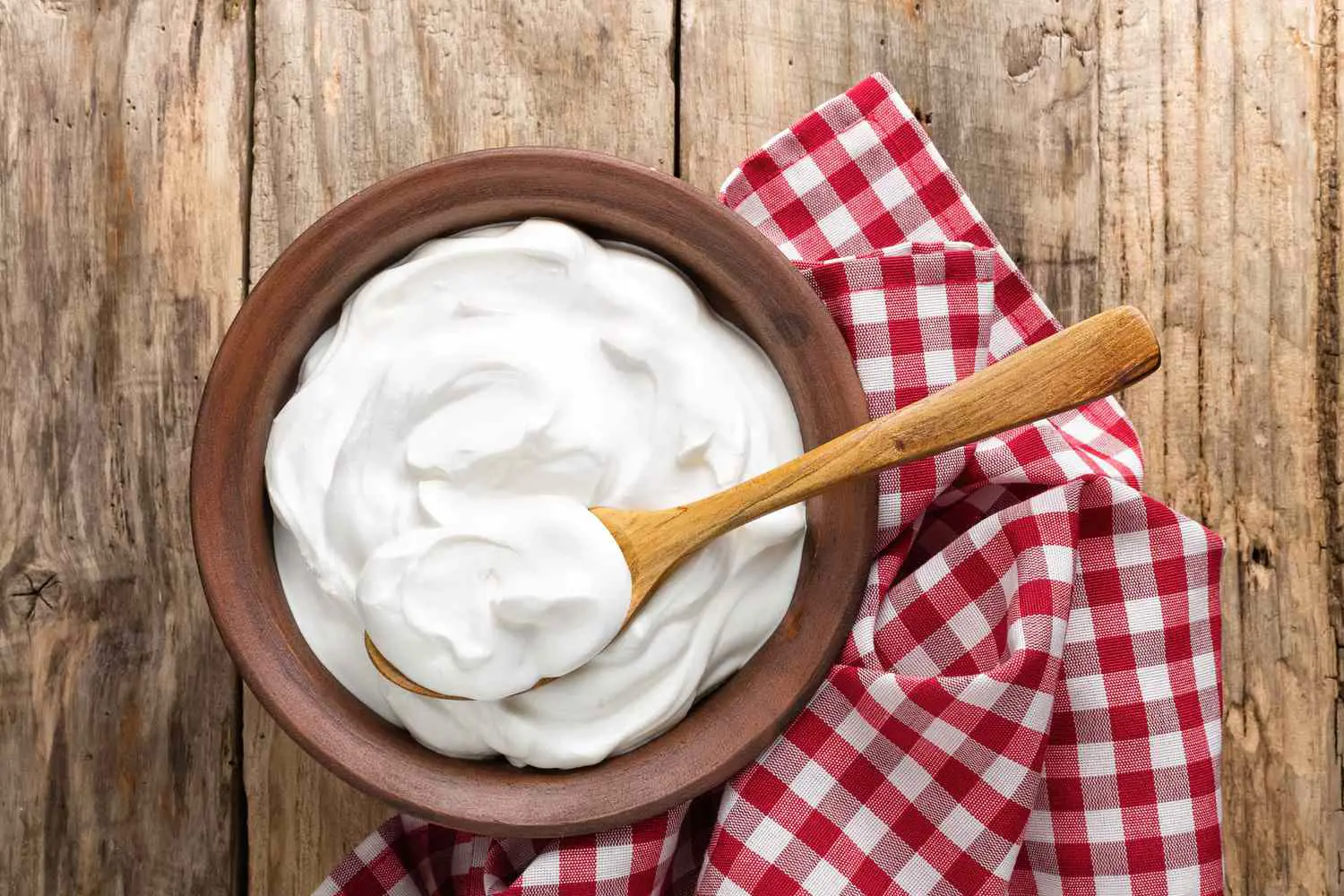
How To Serve Yogurt To Baby?
- Choose an option with whole milk, i.e. milk with 5% fat. Don't select non-fat yogurt as fats are important for a child's growth. Also, it's better to choose a plain brand with no sugar instead of a brand with sugar.
- While it is perfectly safe to eat yogurt every day, the amount per serving should be kept at around two to four ounces.
- Serve the pudding in a bowl and let the baby scoop it either with clean hands or a spoon.
Risks:
- Yogurt made with cow milk is hard to digest for a young child. It's better to choose a brand without cow milk.
- Can cause a serious allergic reaction if the kid is lactose intolerant.
- Can trigger gas or bloating in some cases.
8) Salmon
Salmon is a species of fish which are mostly found in the North Pacific and North Atlantic basin. Salmon consists of several ray-finned fishes of euryhaline nature.
It contains several necessary nutrients like omega-3 fatty acids, protein, vitamin A, vitamin D, vitamin B12, selenium, and more.
Moreover, salmon is beneficial for muscle development, reducing the process of aging, protecting skin from UV radiation, and lowering the risks of cancer and diabetes.
Cooking Method:
- Cut the salmon into small pieces suitable for the baby.
- Remove the skin and bones.
- Keep the salmon in a baking dish and season it with olive oil, salt, and pepper.
- Preheat the oven to around 220°C or 425°F. Put the salmon in the oven and let it cook for about 8 to 10 minutes.
- Alternatively, salmon can also be prepared by using techniques like boiling or poaching.
Risks:
- Some canned salmon contain BPA, a compound harmful to babies and adults.
- Risks of choking, although low, are still prevalent.
- Extra precautions are required as even a single bone can turn deadly.
9) Green Beans
Green bean is a healthy option for parents to use as a starter food. It originated in South America but has spread all over the world.
The fiber-rich vegetable contains protein (2%), carbohydrates (7%), and water (90%).
It comes with multiple health benefits. As a source of folate and potassium, it helps reduce the damage caused by inflammation. Further, it is also a source of other essential nutrients like vitamin K, vitamin C, and vitamin A.
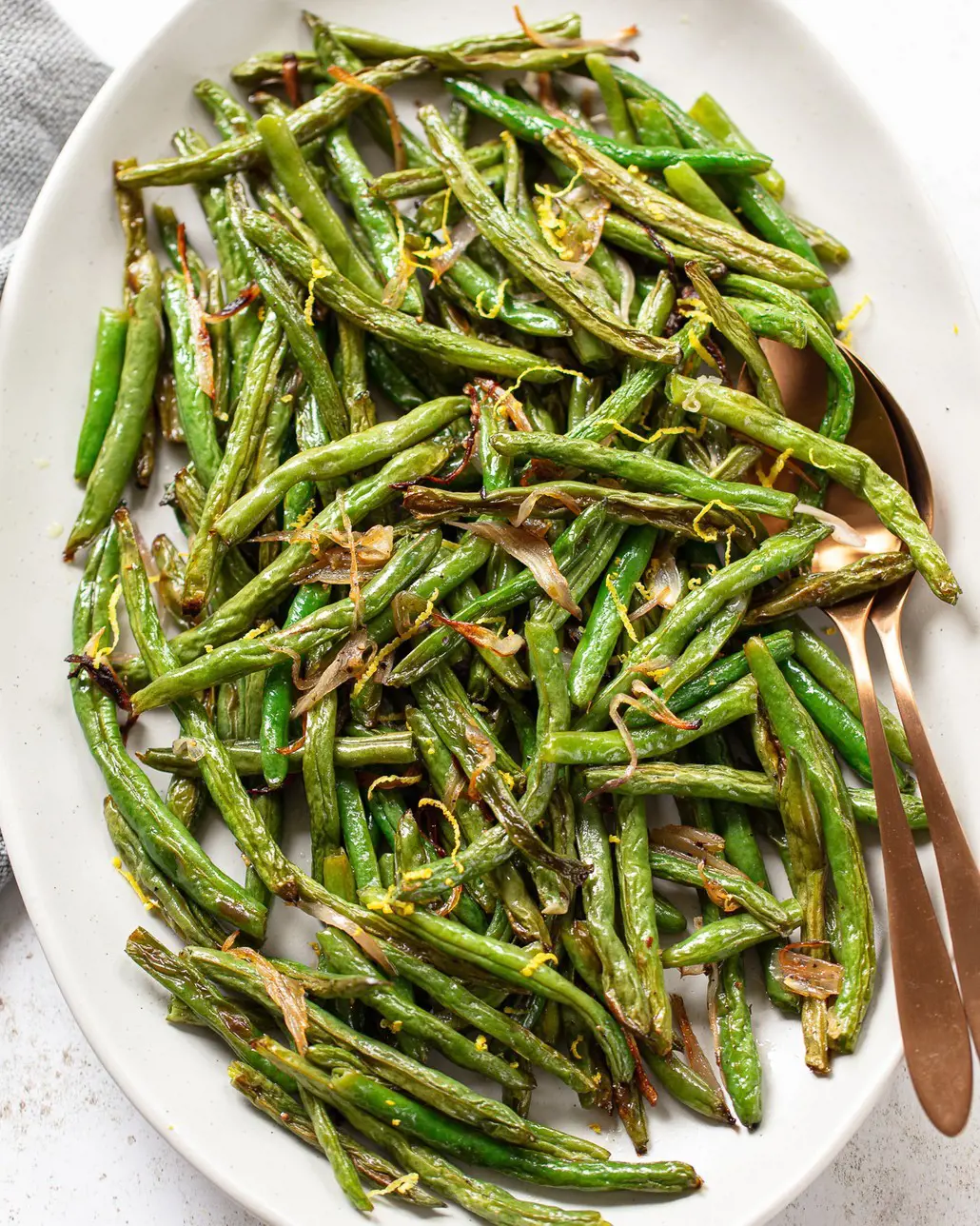
Cooking Method:
- Put the beans in a container filled with boiling water. It should be left there for around 8 to 10 minutes.
- If you are cooking on a low-flame stove, it might take more than the specified time. Remember to boil until the beans are tender.
- Let it cool for about 10-15 minutes.
- Cut the beans into small pieces but big enough for the baby to hold.
- Add seasonings according to choice as the child might not enjoy a plainly cooked dish.
Risks:
- Dried beans can lead to a gastric problem called flatulence. It is a condition where gas is filled inside the alimentary canal.
- If the beans are eaten raw, they can cause problems like diarrhea, nausea, and vomiting due to the presence of lectins.
- Green beans contain phytic acid which bonds with nutrients like minerals, zinc, and calcium. It can lead to a deficiency of nutrients inside the body.
10) Peanuts
Peanut is a legume food mostly cultivated in tropical and subtropical regions. It has a wide variety of domestic and commercial uses.
Products extracted from the plant include popular dishes like peanut butter, peanut oil, peanut flour, and more. Further, peanuts contain several beneficial nutrients, including saturated fat, sodium, dietary fiber, potassium, sugar, iron, calcium, magnesium, and vitamin B6.
The consumption of peanuts also has several health benefits. It is helpful in losing weight, controlling blood sugar levels, preventing gallstones, and improving heart health.

How To Serve Peanuts To Baby?
- Start by giving peanuts in low quantities to determine if the child is allergic to nuts.
- Wait for 2-3 days before serving it to kids again. The gap is important to determine if the child is allergic.
- Experts recommend giving about 6 grams of peanuts three times a week.
Risks:
- Eating peanuts can lead to severe side effects if the kid is allergic to nuts. So, it's best to serve in low quantity when first starting the baby-led weaning process.
- If consumed excessively, it can lead to symptoms like nausea, vomiting, diarrhea, asthma, abdominal pain, and swollen eyes.
11) Shellfish
Shellfish refers to sea creatures that have outer shells for protection. Shellfish includes a wide variety of seafood, including shrimp, mollusks, lobster, crab, crayfish, oysters, and so on.
It has multiple nutrients that are essential for a child's growth. It contains zinc, vitamin B12, omega-3 fatty acids, protein, carbohydrates, sodium, and cholesterol.
Similarly, its health advantages include boosting weight loss, improving heart condition, strengthening the immune system, and more.
Cooking Method:
- Cut a shellfish into small pieces after removing the outer shell.
- Make sure that the sliced pieces don't have any residue in the shell.
- Cook for about 12-15 minutes before you serve it.
- As the pieces are too small for babies to hold, it's better to mix them with dishes like mashed potatoes or mashed bean patties. Let your child enjoy the delicacy with a spoon.
You may watch some great cooking shows on Netflix if you want to get updated for more recipes.
Risks:
- Shellfish is a well-known allergen. Serve it in low quantities until you are sure that the baby is not allergic.
- It is a choking hazard for kids. So, a parent should monitor constantly.
- In some cases, side effects can lead to diarrhea, vomiting, fatigue, and stomach pain.
12) Broccoli
Broccoli is a vegetable from the cabbage family. It is popular due to its unique shape that resembles a tree.
Broccoli is primarily composed of potassium, sodium, sugar, dietary fiber, iron, vitamin B6, vitamin C, protein, magnesium calcium, protein, and saturated fat.
The vegetable is widely famous for its multiple health advantages. It is known to promote heart conditions, improve immunity, maintain blood sugar control, reduce inflammation, and more.

Baby-Led Weaning Recipes 6 Months For Broccoli
- Boil the broccoli in water for about 12-15 minutes. Boiling is a necessary step as it softens the broccoli, removes dirt, and kills harmful bacteria.
- Chop it into thin slices. The pieces should be large enough for the kid to grab.
- Add seasoning as babies rarely like the original taste of broccoli.
Risks:
- Can lead to problems like bowel irritation and flatulence.
- Choking hazard if served raw or undercooked.
13) Carrots
Carrot is often considered the perfect health food due to its taste, crunchiness, and nutritional value. It is a root vegetable that grows underground.
Carrot is packed with many important nutrients like iron, vitamin B6, vitamin C, vitamin K1, potassium, biotin, and lutein. Consuming it daily improves physical and mental health.
It helps in weight management, lowering cancer risk, maintaining blood pressure, balancing blood sugar, promoting immunity, and improving vision.
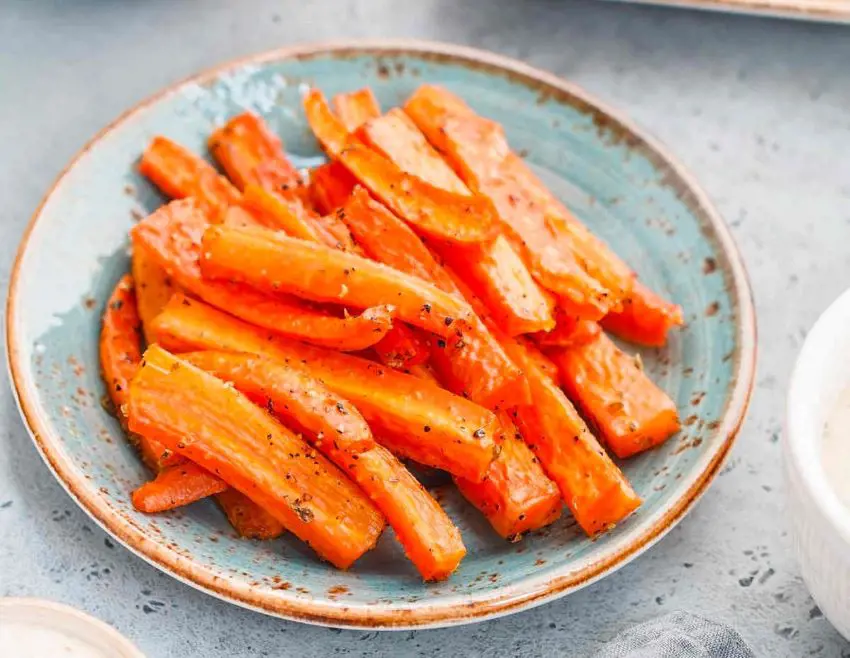
Cooking Method:
- There are several ways to cook a carrot. Options include roasting, grating, steaming, boiling, and mashing.
- Cook a carrot until it is soft enough for a child to grab.
- Add a few spices like cloves, cinnamon, cumin, garlic powder, and rosemary.
- Cut it into longer pieces before serving.
Risks:
- Consuming carrots excessively can lead to tooth decay and yellow skin.
14) Bread
Best bread for baby led weaning include buckwheat, corn bread, chapati, arepas, and more. Bread is one of the most commonly consumed food items in the world.
It is prepared by baking flour with water. Bread contains carbohydrates, phosphorus, zinc, and vitamins. It has significantly lower levels of cholesterol and fat.
The baked item has fibers that are beneficial for the physical and mental development of a child. Moreover, it helps improve the digestive system, maintain blood sugar, and reduce cholesterol levels.
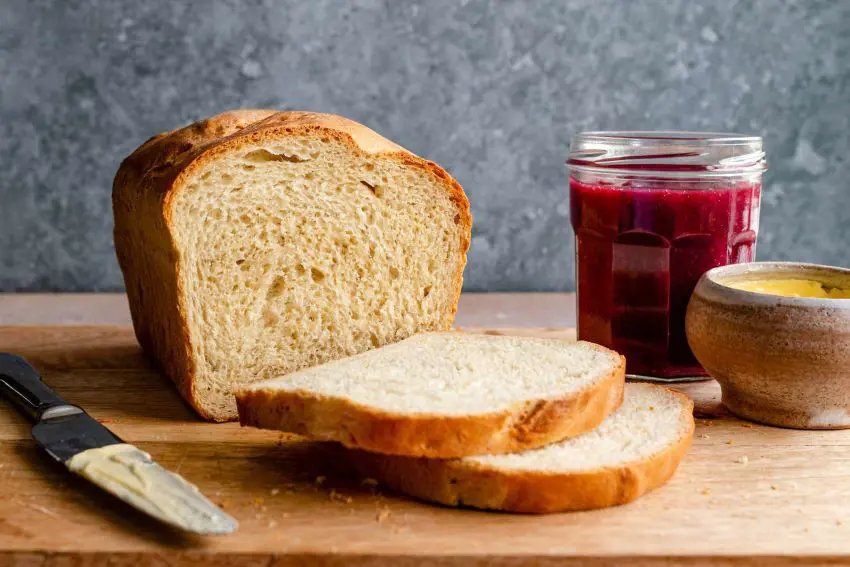
How To Serve Bread To Baby?
- Cut a loaf of bread into thin slices. The length should be around the size of a finger.
- Toast the bread. Alternatively, you can also serve it raw.
- Add butter or peanut butter to enhance the test.
Risks:
- White bread can form ball-like shapes inside the mouth, causing the child to choke.
15) Baby Rice
Baby Rice is a form of normal rice that has been beaten into powders. It is one of the most popular started foods used by parents all over the world.
Like its predecessor, baby rice also contains a wide variety of nutrients like protein, calcium, iron, fat, phosphorus, magnesium, sodium, potassium, selenium, zinc, and vitamins.
Rice is a cheap food that can even be afforded by low-income families. Further, it can be grown on almost all types of soil.
Although it is not the healthiest option for starter food, it still has a few benefits. Rice provides energy for the body to function properly and also helps in physical development.
Cooking Method:
- Boil the rice in water until it is fully cooked.
- Remove any remaining water at it is cooked.
- Flatten the rice and make it into small balls for the child to hold easily.
- Serve it with a side dish. You can use foods like gravy, meat, or applesauce as a condiment.
Risks:
- Undercooked rice has Bacillus cereus, a type of bacteria that can cause food poisoning. Make sure that the rice is fully cooked.
- High levels of carbohydrates can lead to obesity or other health problems.
You May Also Like: Easy Camping Meals For Family







